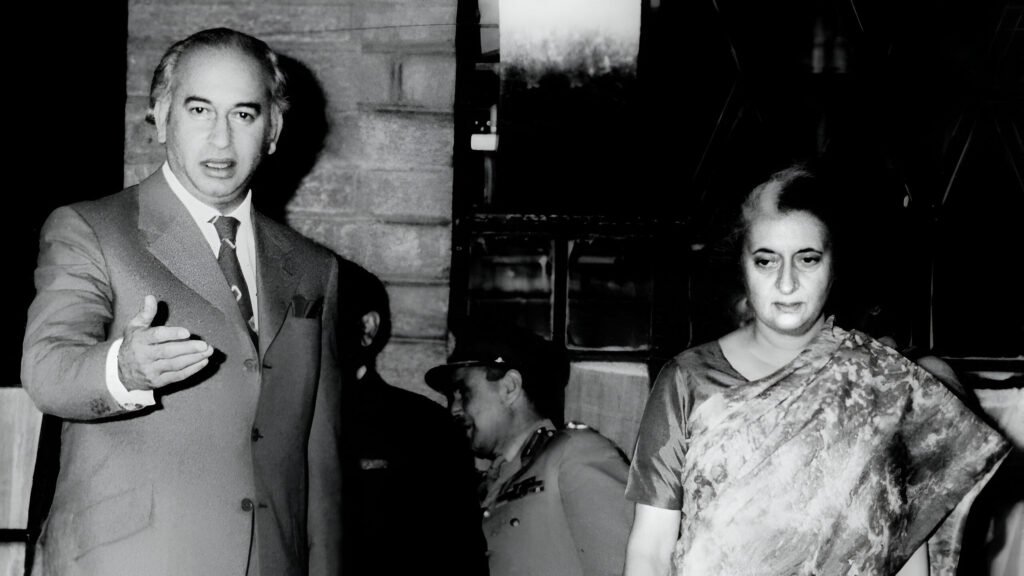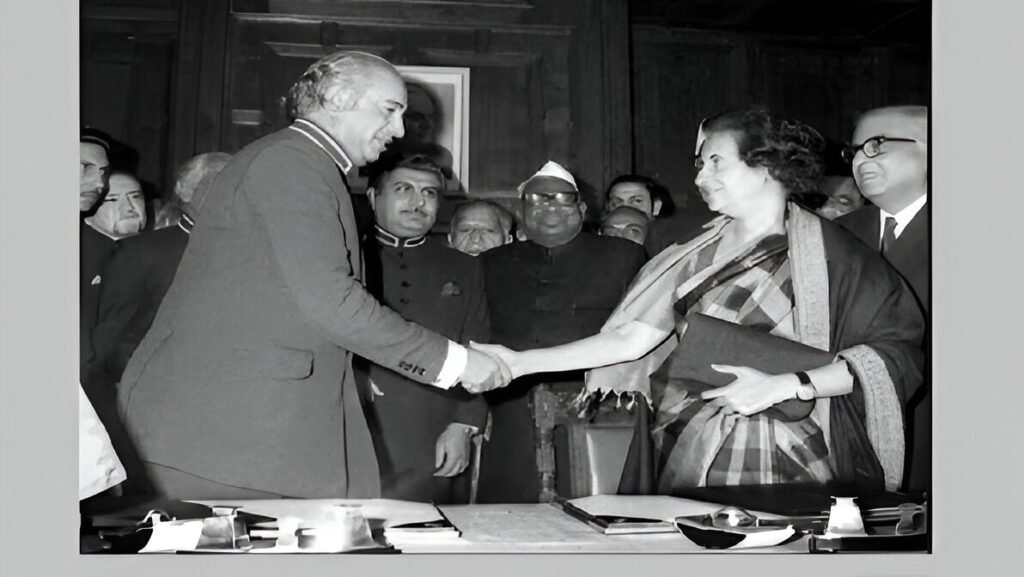
It is that kind of agreement that was signed between India and Pakistan on 2 July 1972 in the Simla Agreement. Following the 1971 Indo-Pakistani War, which led to the creation of Bangladesh, the agreement attempted to demonstrate peaceful coexistence and resolution of conflicts between the two nations. But till now, the experience has been tainted with problems, violations, and fresh tensions, especially after recent events.
The Genesis of the Simla Agreement
After the 1971 war, which resulted in a conclusive Indian win and the dissolution of East Pakistan to form Bangladesh, there was an imperative need to establish peace and the terms of the future relationship. The Simla Agreement was thus drawn up to:
- Respect each other’s mutual territorial sovereignty and integrity.
- Do not threaten or resort to force against each other.
- Resolve disputes peacefully and by mutual negotiations.
One of the significant outcomes was the establishment of the ceasefire line in Jammu and Kashmir as the Line of Control (LoC), on which both sides mutually agreed not to alter it unilaterally.
Major Pillars of the Accord
The Simla Agreement emphasized:
Bilateralism: Disputes, especially over Jammu and Kashmir, were to be resolved bilaterally without the intervention of any third state.
Peaceful Settlement: Promise to resolve disputes peacefully and through negotiations.
Respect for the LoC: Both nations also reaffirmed their respect for the LoC and that they would not try to change it unilaterally.
Cases of Alleged Violations
There have been a number of incidents over the years that put the strength of the Simla Agreement to the test:

Kargil Conflict (1999): Terrorists and Pakistani soldiers had occupied Indian positions on the Indian side of the LoC, and the situation led to a low-profile war. India viewed it as a serious misuse of the agreement terms.
Cross-border Terrorism: India has always blamed Pakistan for providing shelter and support to terror groups that infiltrate the border into India in violation of norms of peaceful coexistence.
Recent Skirmishes: Ceasefire violations along the LoC have only ended up fueling tensions, with both sides accusing each other of resorting to firing.
The 2025 Pahalgam Attack and Its Aftermath
In 2025, April, there was a terrorist attack in Pahalgam, Jammu and Kashmir, that resulted in the deaths of 26 civilians, 25 of whom were Indian tourists. India accused Pakistan-based militants of carrying out the attack, and this led to a spate of retaliatory measures:
Diplomatic Steps: Indian diplomats were expelled, and visas of Pakistani citizens were revoked.
Economic Steps: Indian trade with the two countries was halted, and India suspended the Indus Waters Treaty, a significant water-sharing agreement.
Military Posturing: Mobilization was indicated, and increased vigilance was indicated along the LoC. It suspended the Simla Agreement in reaction to purported aggressive actions by and its disrespect from India.
Impact of the Suspension
Suspension by Pakistan of the Simla Agreement is a heavy blow to India-Pakistan relations. Absent this agreement:
Increased Hostilities: Without the guidance of an agreement, there can be fierce and heightened fights along the LoC.
Diplomatic Isolation: The two nations are globally berated and ostracized in case things aggravate.
Economic Implications: Disruption in trade and enhanced defense expenses can prove burdensome to the two economies. The Future Ahead Though things stand against them at present, the past has proved that debate is the strongest tool to bring conflict to a halt. Revival of Simla Agreement maxims or a new paradigm can serve as the foundation on which trust is rebuilt and cooperative relations thrive once more. Both nations must understand the self as well as collective peace gains and common hostile living burdens.
Conclusion The Simla Agreement was as much a statement of the two-century-old rivals’ ability to forgive each other as it was a treaty. Its suspension is a testament to the pendulum-like nature of diplomatic relations and the necessity of constantly tending to peace efforts. India and Pakistan stand at a crossroads today as well, but the direction of South Asian geopolitics in the next few years will be in the balance depending on the choices being made.









